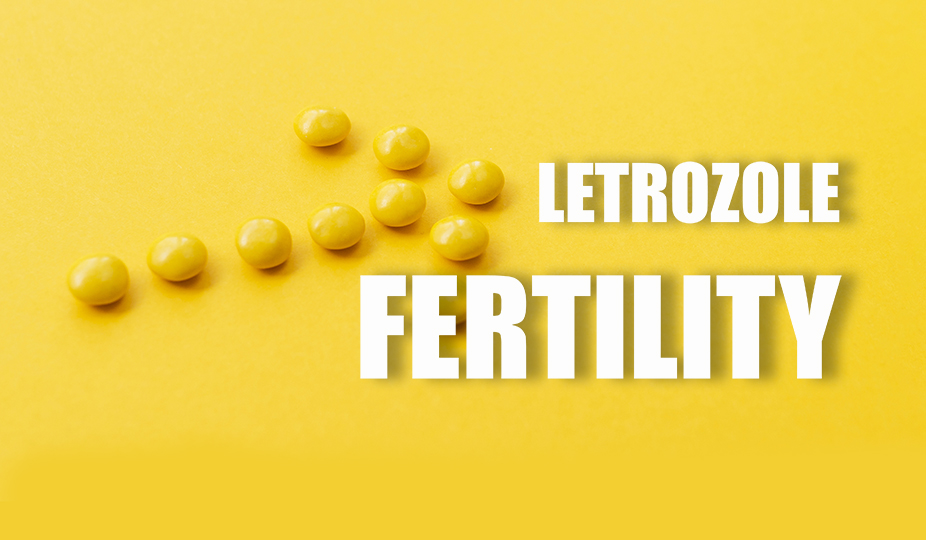
Infertility is a difficult journey. Still, some options can help improve the chances of getting a positive pregnancy test. Among the many medications that have helped many couples, letrozole for fertility stands out. Also called Femara, this pill may be a miracle worker for them. Couples trying to get pregnant want to learn everything about
Read More 
For many years, Jennifer Aniston’s fans have been puzzled about the actress’s personal life. She has been credited with possible pregnancies, accused of giving up maternity for her career and rumored to have divorced Brad Pitt because of her unwillingness to have children. All doubts were dispelled when the star shared her “baby-making road” in
Read More 
Pregnancy is a unique and significant period in every woman’s life that requires special attention to nutrition and health. During pregnancy, it is vital to focus on diet, as it directly affects the health of the mother and baby. A balanced meal (rich in vitamins, minerals, proteins, and healthy fats) keeps you energized, strengthens the
Read More 
Gestational surrogacy is a process that allows infertile couples to get a long-awaited baby. It is achieved through IVF: a surrogate mother is implanted with an embryo created from the egg and sperm of the future parents. Many women want to participate in this worthy cause and help couples realize their dream of having a
Read More 
Sex after IVF is a rather sensitive topic that worries many couples preparing for fertility treatment. The main concern is that it can harm the fetus, cause hormonal complications, or even affect the success of the program. In this article, we will explore the topic of sex during IVF, find out how it affects the
Read More 
Tubal ligation (also known as surgical sterilization) is one of the most popular methods of birth control. Despite its radical nature, many women resort to this procedure to permanently prevent pregnancy. What if your plans have changed, and you want to have a baby? IVF after tubal ligation is an effective and gentle way to
Read More 
Surrogacy in Islam is a sensitive and controversial issue that goes back to the origins of the moral and ethical values and principles of Muslims. On the one hand, the involvement of a third party in the sacrament of childbirth is a violation of natural processes and can be considered haram. On the contrary, surrogacy
Read More 
Ozempic pregnancy is a growing phenomenon that is gaining momentum among women taking GLP-1 medications. The fact is that doctors are reporting more and more cases of unplanned pregnancies after taking the drug. The greatest magic of this medicine is that even those who have been taking oral contraception or have been diagnosed with infertility
Read More 
IVF weight gain is an increase in body weight during ovarian stimulation or after egg retrieval. It occurs due to hormonal imbalance, stress, or an unhealthy lifestyle and may be a sign of pathologies. Many women who undergo IVF are acutely concerned about potential weight gain and wonder how to avoid it. Today, we will
Read More 








